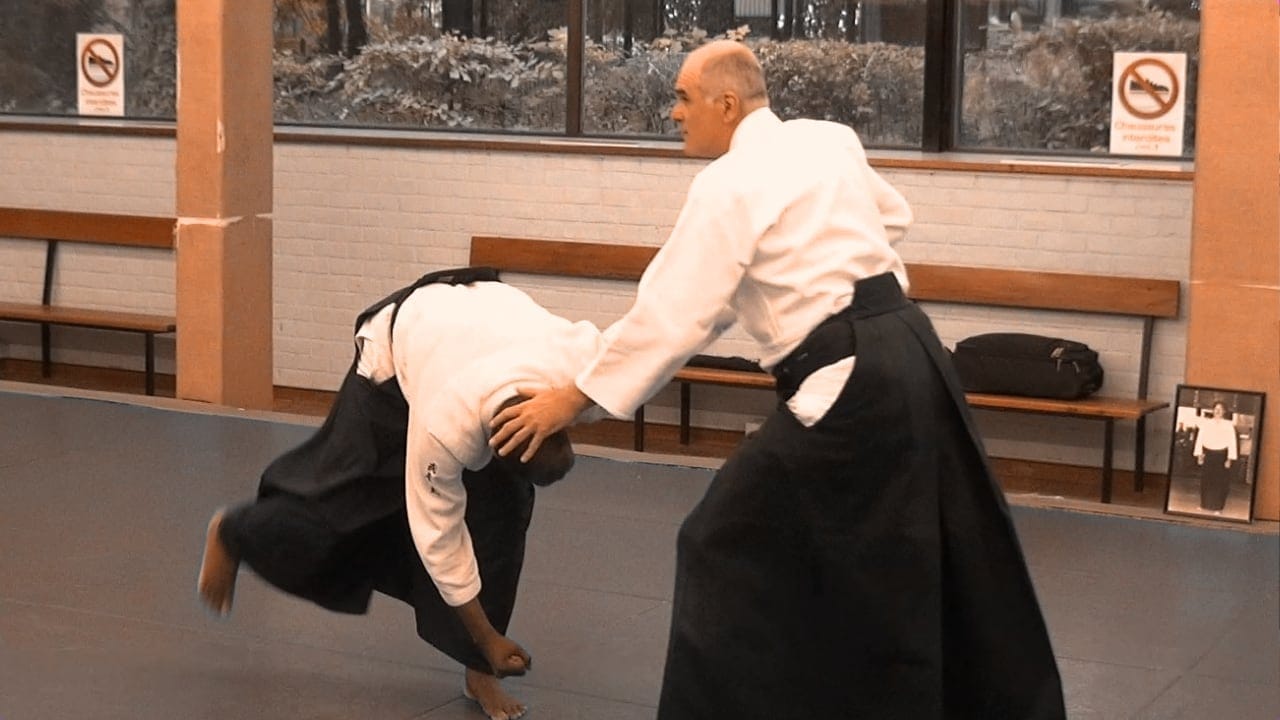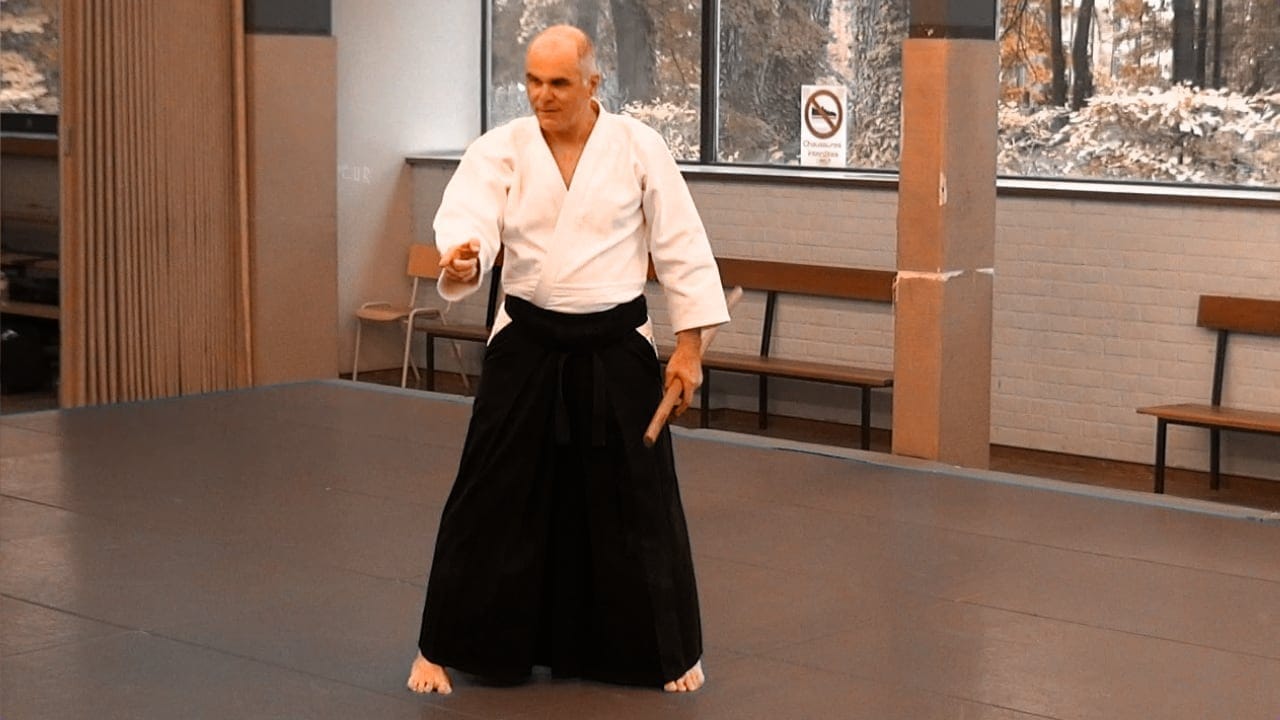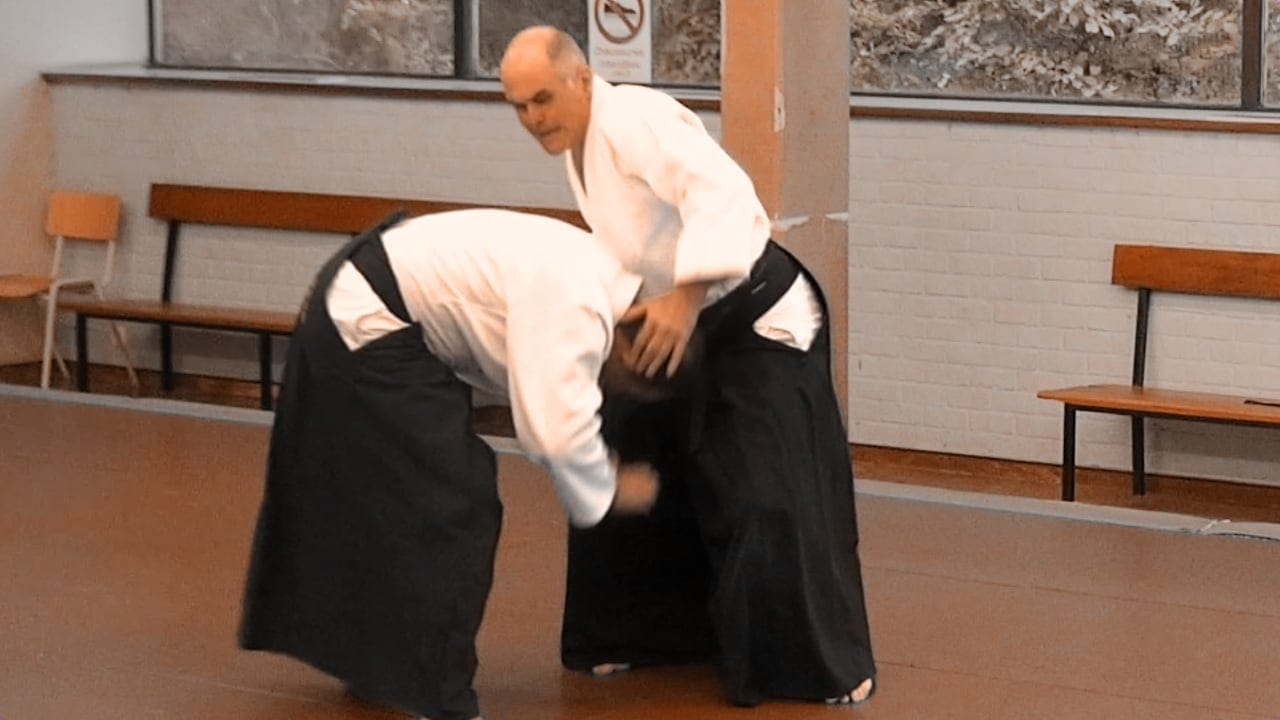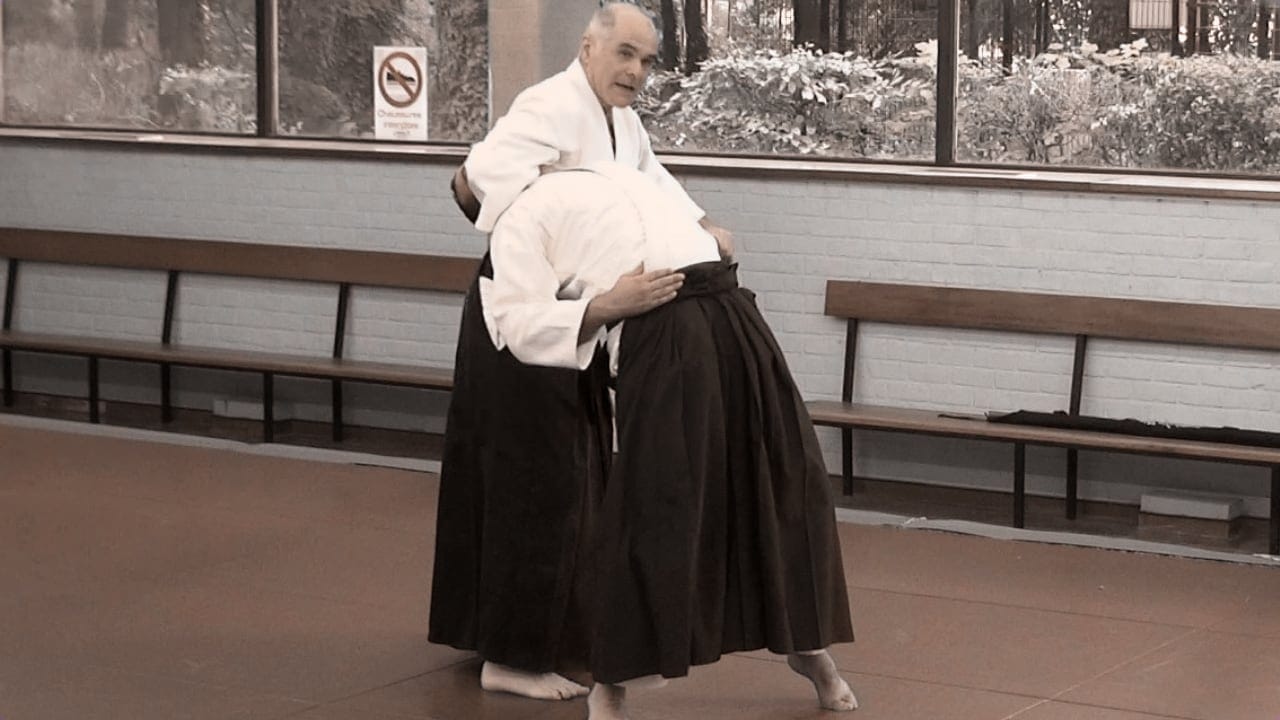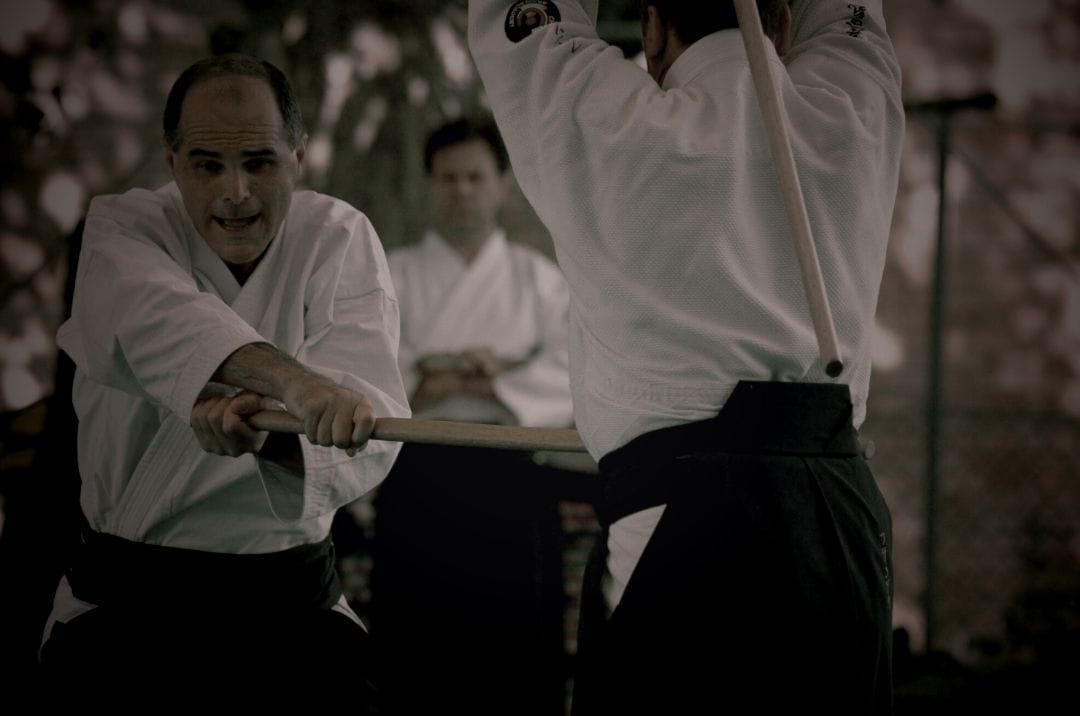At the fireside we're fine, but so are we at uke's side.
In Aikido, there's only one way to get to uke's side : rotation.
A rotation can have two directions : it can turn to the right, or it can turn to the left (called dextrogyric or sinistrogyric) :
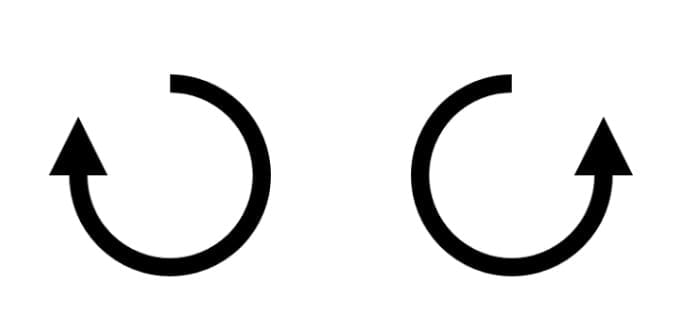
The application of this physical law in Aikido, starting from the hanmi position, means that you will turn in one direction or the opposite direction, depending on whether the rotation throws the front leg first or the back leg first.
There is no other choice than these two. Every technique is born of one or other of these two symmetrical and complementary movements : a rotation that throws the front leg first, or a rotation that throws the back leg first.
The video illustrates this fundamental duality of Aikido's tenkan-irimi entry :
When the rotation throws the front leg first, it can go directly to its new position, as there are no obstacles in front of it.
On the other hand, when the rotation first throws the back leg, the front leg is sometimes an obstacle to its movement (this is the case for the kaiten nage we're concerned with here). This obstacle is removed by the tenkan part of the rotation, which begins the movement by naturally opening the front of the body backwards, forcing the front foot to open backwards as well, in a phase known as hito e mi. The rear leg can then pass.
This example shows that hito e mi is not a position (a halt guard like hanmi), since it is the moment of a dynamic rotation. Hito e mi is not a stop, but the fleeting moment of a rotating movement.
We also understand why tenkan is necessarily before irimi (yin before yang) : in this example of kaiten nage, it is not possible to enter (irimi) the rear leg if the tenkan rotation has not first cleared, thanks to hito e mi, the obstacle to this entry constituted by the front leg.
Always bear in mind that hanmi is a position, a stop of the body, unlike hito e mi which is the point of passage of a movement, a dynamic, just like kenka goshi which ends this dynamic just before returning to the hanmi position.
Hanmi is the only position in Aikido, and every technique begins with it, which is why you must return to it at the end of each technique. This is one of the Founder's teachings.
The cycle of Aikido as far as movement is concerned is immutably the following :

Aikido is a manifestation, through the cycle of technical forms, of the eternal return of the same.

